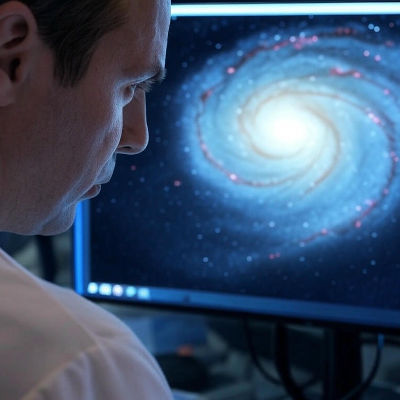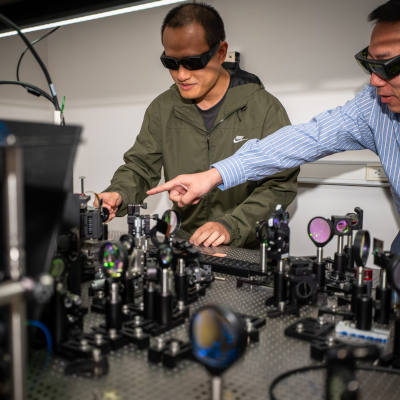Researchers propose a quantum gravity theory compatible with particle physics, advancing our understanding of fundamental forces.
Physicists have long tried to combine gravity with other forces like electromagnetism and nuclear forces. Current theories, quantum field theory and Einstein’s gravity, don’t work well together. These theories clash, making it hard to understand the universe’s start or black holes, which are collapsed stars with intense gravity.
Researchers at Aalto University have proposed a new quantum gravity theory. It fits with the Standard Model and could explain the universe’s early moments. Their work, published in Reports on Progress in Physics, suggests that gravity match the Standard Model’s structure.
Bridging the gap between theories
The new theory uses a gauge framework with symmetries. The Standard Model relies on these symmetries for electromagnetism and nuclear forces. “The most familiar gauge field is the electromagnetic field. When electrically charged particles interact with each other, they interact through the electromagnetic field, which is the pertinent gauge field,” explains researcher Jukka Tulkki in a press release issued by Aalto University. “So when we have particles which have energy, the interactions they have just because they have energy would happen through the gravitational field.”
The new theory gives gravity similar symmetries, and makes gravity compatible with quantum rules.
The researchers showed that the new theory works in simple cases but must confirm it for complex ones. If successful, it could solve mysteries like black hole singularities, points of infinite density, or why the universe has more matter than antimatter, the opposite of matter.
The researchers shared their work for other scientists to test and build on, hoping it leads to major discoveries, much like past theories enabled technologies like GPS, which relies on gravity’s effects on time.
“I can’t say when, but I can say we’ll know much more about that in a few years,” adds researcher Mikko Partanen. “Like quantum mechanics and the theory of relativity before it, we hope our theory will open countless avenues for scientists to explore.”
Let us know your thoughts! Sign up for a Mindplex account now, join our Telegram, or follow us on Twitter.


.png)

.png)


.png)





0 Comments
0 thoughts on “A new step toward a unified theory of physics”